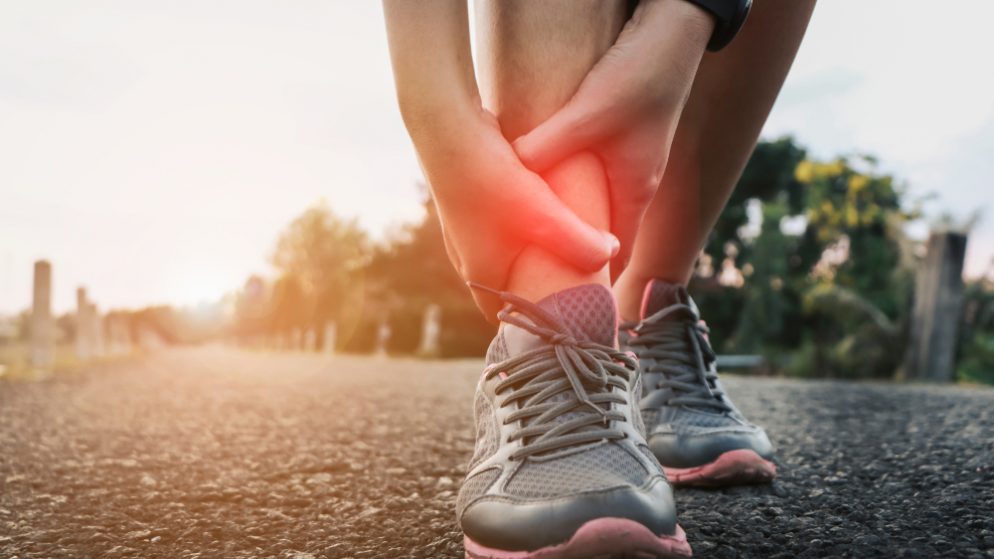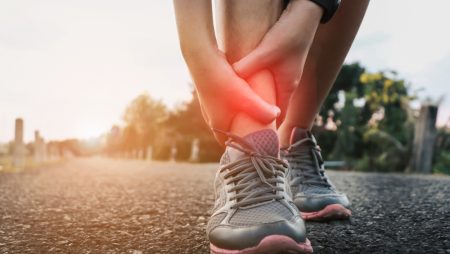The ligaments are resilient, flexible bands that connect one bone to another and keep the joints positioned securely. A ligament injury known as a sprain occurs when the ligament’s fibers are torn. It may be partly torn or could also be totally ripped apart.
Sprains most frequently occur in the ankle. Sprains of the thumb, knee, and wrist are also typical. A sprained ligament can hurt and frequently swells quickly. The more painful and swollen the injury is, the more serious it is. When a sprain is not too serious, there are some initial remedies you can do to alleviate the injury.
Recovery from sprains might take weeks or months. It is best to use the injured area gradually when the discomfort and swelling subside. After that, you should begin to experience a steady improvement. Apart from O.T.C. painkillers like ibuprofen and acetaminophen that relieve pain, you can add turmeric latte mix, which you can find if you click here. It contains ingredients that can potentially help with swelling and other inflammation. Additionally, the steps below are effective ways to deal with sprains.
Follow R.I.C.E. (Rest, Ice, Compression, Elevate)
- Rest. Rest is essential when you have a sprain. The activities you normally do that could add pressure to the injured area may need to be avoided for the time being. It is also best not to exercise as it may aggravate the situation. In addition, doctors recommend that patients avoid putting weight on the injured area.
- Ice. Apply ice on the affected area as soon as possible, even if you need medical attention. For the first several days following the injury, apply an ice pack over the injured area for about 15-20 minutes. Repeat the procedure every two hours while you are still up.
- Compression. Swelling is kept in check by pressure. Using a compression wrap can reduce swelling. When swelling decreases, the pain is also reduced. A compression wrap is simple to use, and the patient may do it from home. The bandage should be wrapped around securely, supporting the injured area but not too tight to constrict the normal blood flow. Elastic bandages are easily accessible as most drugstores carry them. It would also help to wear a safety brace over the wrap to prevent movement in the area.
- Elevate. Elevation aids in reducing swelling, which is one reason it helps with sprains and other sports-related injuries. An increase in white blood cells and fluids flow to a particular portion of the body causes swelling. Swelling is a crucial component of the body’s normal inflammatory reaction, even if other conditions can also cause it. As a result, the body sends a message to avoid using the affected area so it can repair itself. Elevating the sprain above the heart’s level facilitates gravity, which helps in bringing down swelling.
Most sprains show noticeable improvement after about two weeks. Still, it is best to refrain from vigorous exercises like running as it can result in further injury. More serious sprains may last for months before healing. Consult a doctor when pain persists and swelling worsens even after following these remedies.







